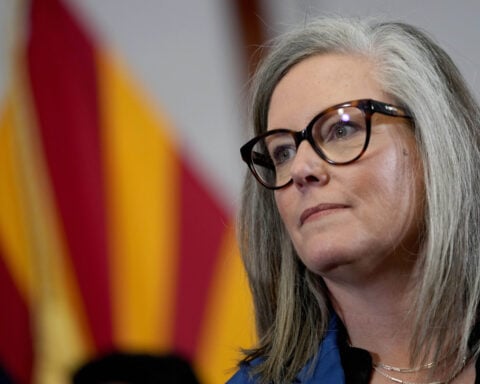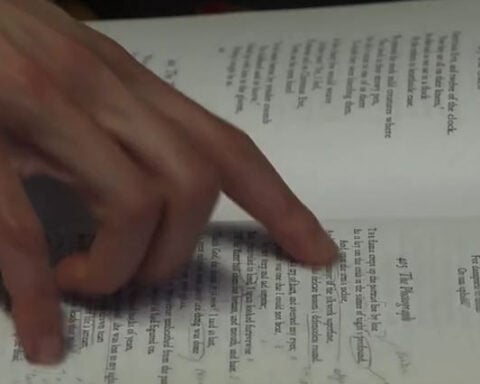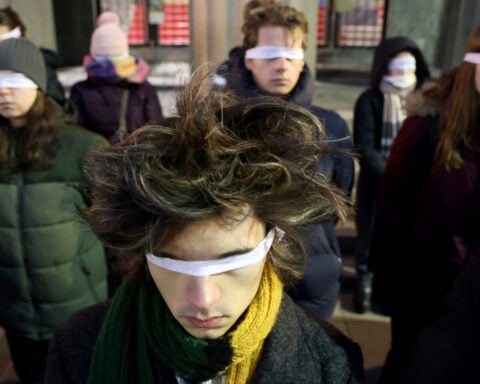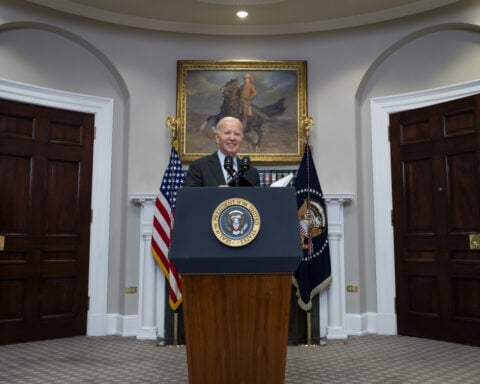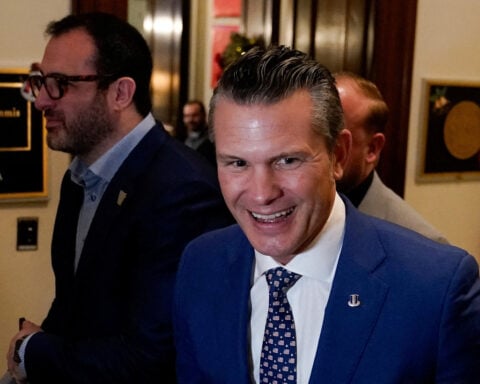When the Soviet Union launched Sputnik 1, the first artificial Earth satellite, on Oct. 4, 1957, it did more than spark fears about America’s ability to compete technologically. It also raised concerns that the U.S. had a shortage of Russian speakers capable of monitoring Soviet scientific and military activities.
In 1958, the National Defense Education Act authorized funding to strengthen U.S. education in language instruction, in addition to math and science.
More than six decades later, a new Modern Language Association report is raising concerns about America’s foreign language capabilities anew. The report shows that the study of languages other than English at the university level experienced an unprecedented drop of 16.6% between 2016 and 2021.
The second-largest drop – of 12.6% – took place between 1970 and 1972.
This decline continues a trend that began in 2009. Even though we live in an increasingly globalized world, the number of college students taking languages is rapidly falling.
As a professor of Spanish and Portuguese who researches trends in language education, I know that having fewer U.S. college students who learn a foreign language creates greater risks for national security.
Foreign language census
Every few years since 1958, the MLA has conducted a census of enrollments in college-level language courses in the U.S. Their data shows that enrollments in languages other than English spiked after the National Defense Education Act became law.
Between 1958 and 1970, these enrollments nearly tripled, from about 430,000 to almost 1.2 million. The bulk of students studied French, German or Spanish. However, enrollments in Russian doubled in the first three years alone – jumping from roughly 16,000 in 1958 to over 32,700 in 1961. Enrollments in less commonly taught languages such as Chinese, Japanese and Arabic also rose steeply.
After 1970, the enrollments in language study began to fall. Arabic was an exception. Although very few U.S. students studied Arabic to begin with – just 364 in 1958, increasing to 1,324 in 1970 – the 1973 oil crisis accelerated the trend, and enrollments passed 3,000 in 1977 before plateauing.
Role of geopolitics
College enrollments in Russian and Arabic courses illustrate how language study can be directly affected by – and have implications for – political events.
Enrollments in Russian peaked at nearly 44,500 in 1990. However, the collapse of the Soviet Union in 1991 led to an immediate loss of interest in learning Russian. Enrollments dropped below 25,000 by 1995 and have continued to fall since. The latest MLA survey shows that between 2016 and 2021 alone, enrollments fell from 20,353 to 17,598 – just over 1,500 more than in 1958. The low number of U.S. students learning Russian comes at a time when the current war between Russia and Ukraine, as well as Russia’s role as a top cyberthreat, makes knowledge of the language valuable to protecting national security.
Enrollments in Arabic, in turn, were low in 1998 – just 5,505 college students studied the language. Training and hiring speakers with professional-level Arabic proficiency was not a priority for the federal government at that time. As a result, the FBI had few translators who were proficient in Arabic, which caused significant delays in translating surveillance information in the run-up to the Sept. 11 attacks.
A year after 9/11, college-level enrollments in Arabic almost doubled to over 10,500, and they peaked in 2009 at just under 35,000.
Expansion takes time
Overcoming foreign language shortfalls is easier said than done. Gaps cannot be filled overnight, as languages viewed as critical to national security require hundreds to thousands of hours of study to reach professional proficiency. And it also takes time for universities to expand their language offerings and staffing.
Therefore, shortfalls have continued. In 2016, nearly a quarter of the State Department’s overseas positions were held by people who did not meet the language proficiency requirements for their jobs. The numbers were even higher for positions requiring critical languages such as Arabic, Dari, Farsi and Urdu. These language gaps have hindered officers’ ability to protect embassies, manage emergency situations and more.
Steep declines
After peaking in 2009 at almost 1.7 million, college-level enrollments in languages other than English fell steeply. The new MLA report shows the decline has continued. By 2021, enrollments had fallen to under 1.2 million – a drop of nearly 30%.
Enrollments in almost all of the most commonly taught languages dropped significantly during this window. Arabic fell by almost 35%, Chinese/Mandarin by almost 25%, French by 37%, German by 44%, Japanese by 9% and Spanish by 32%. The only exceptions to this decline are enrollments in American Sign Language, which increased 17%, and Korean, which increased 128%. Korean in particular stands out, as its enrollments have increased steadily since 1974 and have been boosted recently by a global fascination with Korean pop culture.
Overall, enrollments for 2021 are on par with those of 1998. And they are only slightly higher than those of 1970 – even though more than twice as many students now attend college.
In addition to the Great Recession, other factors have contributed to the downturn in college language enrollments. As of 2017, only about 20% of K-12 students study a foreign language, and only 11 states have foreign language requirements for high school graduation.
Meanwhile, according to the Pew Research Center, just 36% of Americans believe that knowing a foreign language is very important for workers to be successful. In contrast, 85% believe that the ability to work with people from different backgrounds, training in writing and communication, and understanding how to use computers are each very important.
National security initiatives
In 2006, President George W. Bush launched the National Security Language Initiative to increase the number of speakers and teachers of critical languages.
Since then, government agencies have developed additional language programs. The National Security Agency’s STARTALK, for example, organizes summer programs to teach critical languages to students in kindergarten through college and provides resources and opportunities for teachers. The program served almost 70,000 students and 15,000 teachers between 2007 and 2021.
The National Security Language Initiative for Youth, in turn, is run by the State Department and offers summer and academic-year programs for high school students. Over 8,000 students have participated since 2006.
Despite the important role these programs play, the MLA report observes that college-level language enrollments continue to decline – even at a time of growing need for knowledge of languages other than English in many industries. As history has shown us, these declines will likely have negative effects on national security, diplomacy and U.S. strategic interests.
Deborah Cohn has received grants from the American Philosophical Society (a Franklin Grant) and the Rockefeller Archive Center to conduct archival research related to the history of language study in the US. She is also a member of the Modern Language Association (MLA), a professional association for scholars of language and literature.
Source: The Conversation

 Walmart’s logo got its first facelift in nearly 20 years
Walmart’s logo got its first facelift in nearly 20 years
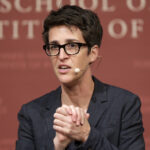 Back to work: Rachel Maddow returning to MSNBC five nights a week for early Trump days
Back to work: Rachel Maddow returning to MSNBC five nights a week for early Trump days
 Book Review: 'Open Socrates' shows why philosophy isn't a spectator sport
Book Review: 'Open Socrates' shows why philosophy isn't a spectator sport
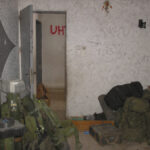 Some Israeli soldiers refuse to keep fighting in Gaza
Some Israeli soldiers refuse to keep fighting in Gaza
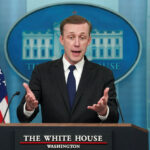 US sees possible Gaza deal this week, Sullivan tells Bloomberg
US sees possible Gaza deal this week, Sullivan tells Bloomberg
 Argentina's inflation expected to have accelerated 2.7% in December
Argentina's inflation expected to have accelerated 2.7% in December
 DeSantis calls special session to implement Trump's immigration policies
DeSantis calls special session to implement Trump's immigration policies
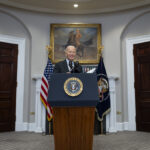 Millions have had student loans canceled under Biden — despite the collapse of his forgiveness plan
Millions have had student loans canceled under Biden — despite the collapse of his forgiveness plan
 Minnesota earns 1st women's AP Top 25 ranking since 2019. UCLA, South Carolina, Notre Dame still 1-3
Minnesota earns 1st women's AP Top 25 ranking since 2019. UCLA, South Carolina, Notre Dame still 1-3
 LA Rams fans say Monday matchup against Vikings in Arizona is ‘more than a game’
LA Rams fans say Monday matchup against Vikings in Arizona is ‘more than a game’
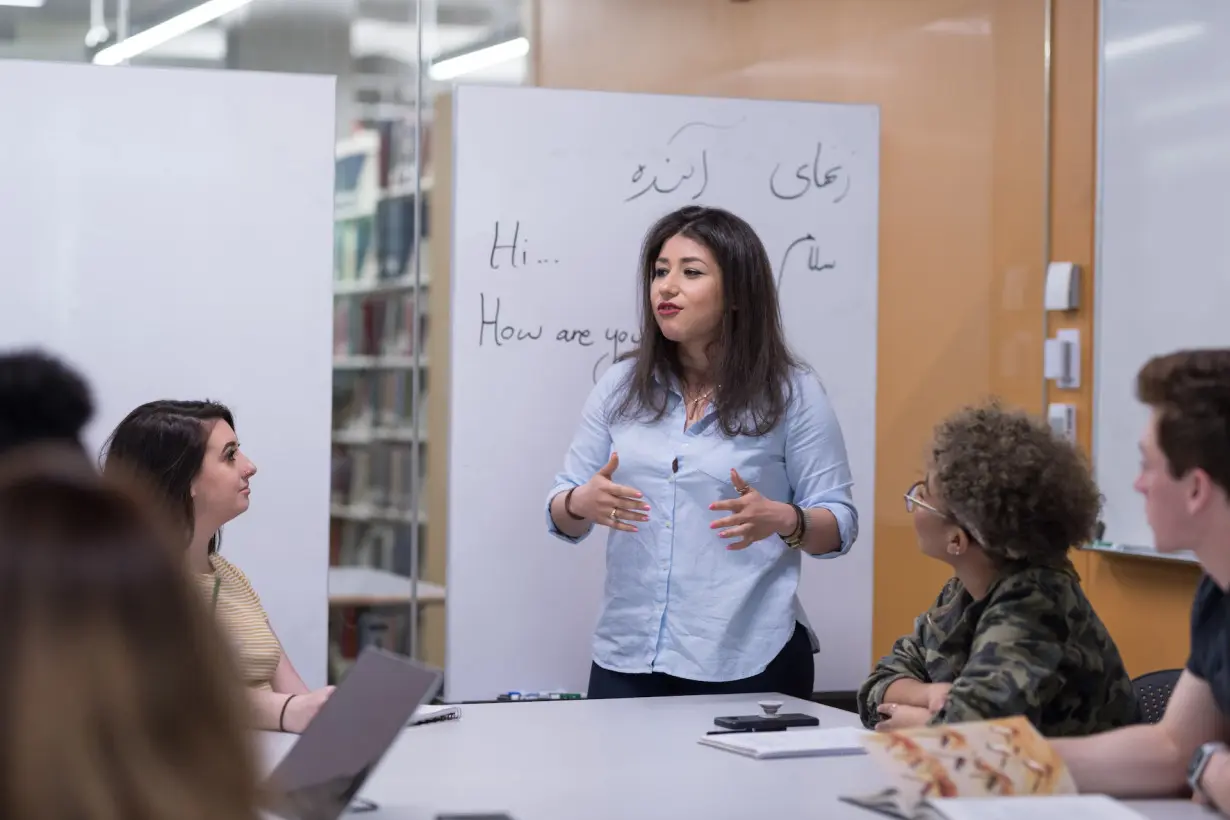 Between 2009 and 2021, nearly 30% fewer college students enrolled in a foreign language course.
Between 2009 and 2021, nearly 30% fewer college students enrolled in a foreign language course.
